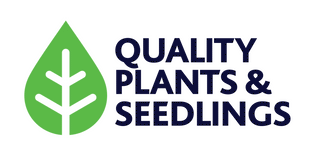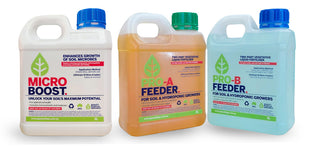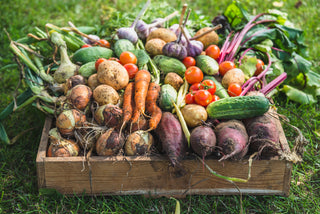
What humidity percentage is ideal for my indoor plants?
The ideal percentage of humidity for your indoor plants is between 50-60 percent. Whereas, our homes normally carry 30-40 percent of humidity which is less as compared to the ideal so we have to aid humidity in plants' surroundings through any artificial means. Well, high humidity for a long time also affect the furniture, especially wood, so do some adjustment before planning to increase humidity in your home to avoid any loss.
Can I keep 70% humidity, what happened if the humidity is high?
According to the research if you keep humidity at 70% or higher than the plants are subjected to molds or other similar diseases. Human health is affected by higher humidity levels, the recommended normal humidity level lies between 30% and 60% for good human health. The building and furniture are also affected badly by higher humidity percentage.
How long my plants should be humidified?
The daily usage of a humidifier is suggested to keep between 4-5 hours on average (also depends on the season and environment of the area). If it is a rainy day or you feel too much humidity in the air skip the humidifying (take a day off). Usually, I start my humidifier in the morning and turn it off after 5 hours because in the evening it may cause mold to spread.
Do my indoor plants require humidity at night?
Indoor plants required humidity throughout the day. However, during the night the temperature is lower and there is already an increase in the level of humidity in our environment. So it is better to turn off the humidifier as an extra increase in a humid environment will also increase the risk of fungus and molds in indoor plants.
Are artificial humidifiers beneficial to plants?
Yes! Most house plants need humidity and the artificial humidifier can be used as a source of humidifying. The indoor environment is slightly dryer than the outer natural environment where plants grow, so they like humidification. However, less humidity will result in frequent loss of water in the plant which leads to wilting.
Do my plants require a warm humidifier or cold humidifier?
The temperature of humidification is not that critical, you can also use them at room temperature it will work fine. However, if you feel to change the temperature slightly then a little warmer humidification act as natural according to the rule of evaporation, and cooler humidification also works fine (cooler is less costly as it required less energy). The extreme temperatures in humidification are harmful whereas slight fluctuation works fine for both conditions.
How can I increase humidity without the use of an artificial humidifier?
The following tips will help you in increasing humidity without using a humidifier.
- In selecting the position for the house plants stay away from the areas which are hot and pass hot air.
- Use misting by spraying water on the whole plant
- Take a plate of gravel and soak them in water, now place the pot above them. This technique will create a microclimate.
- You can also place plants in the washroom (washrooms have a higher level of humidity).
- Grow plants in a glass terrarium; it has the quality to trap some moisture content inside the glass.
At what humidity level does mold grow?
The risk of mold disease starts when the humidity rises from 60% and the chance increase progressively as the percentage increases. Mostly all the plants are subjected to mold when the RH is continuously at 80%.





